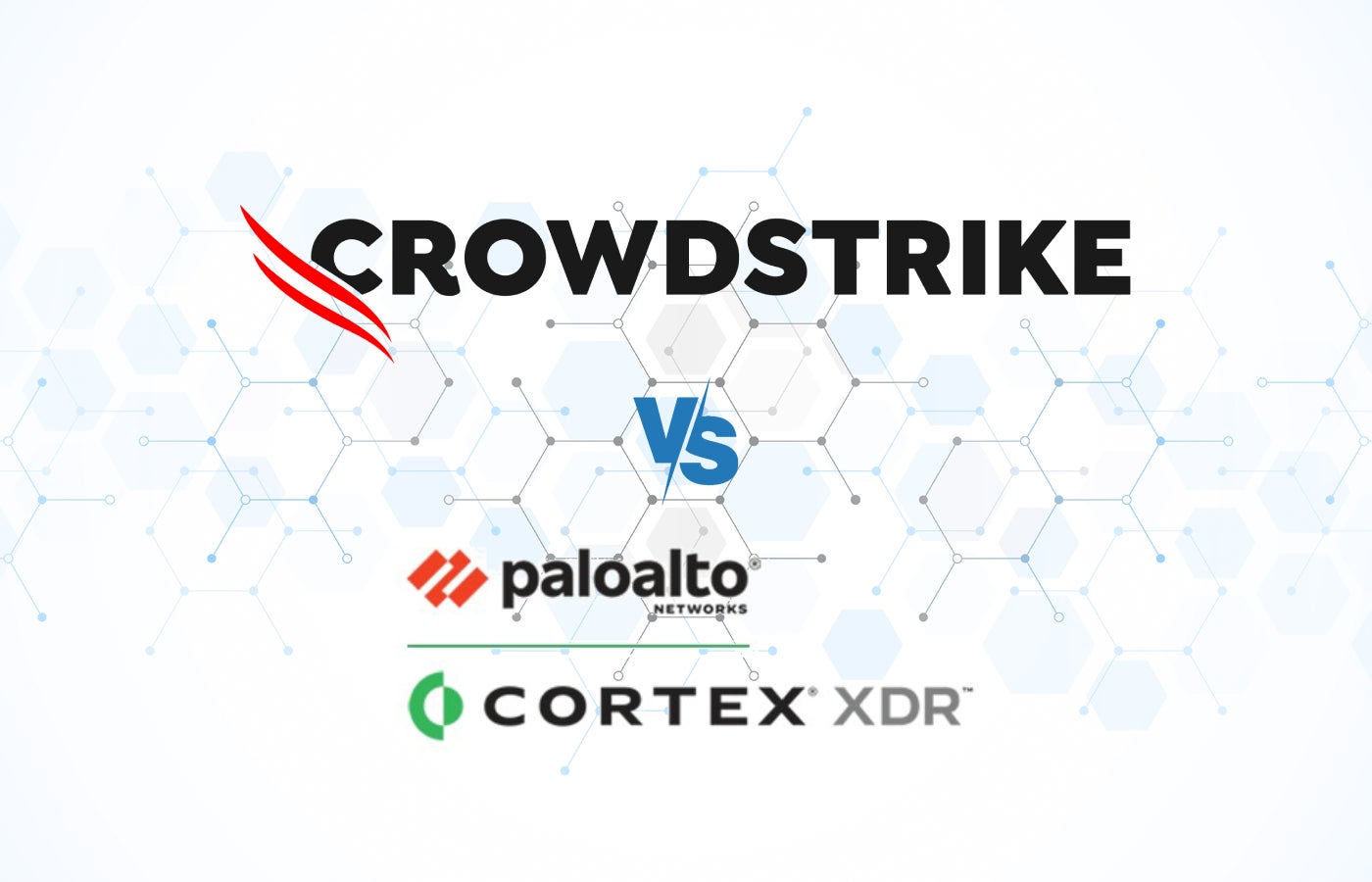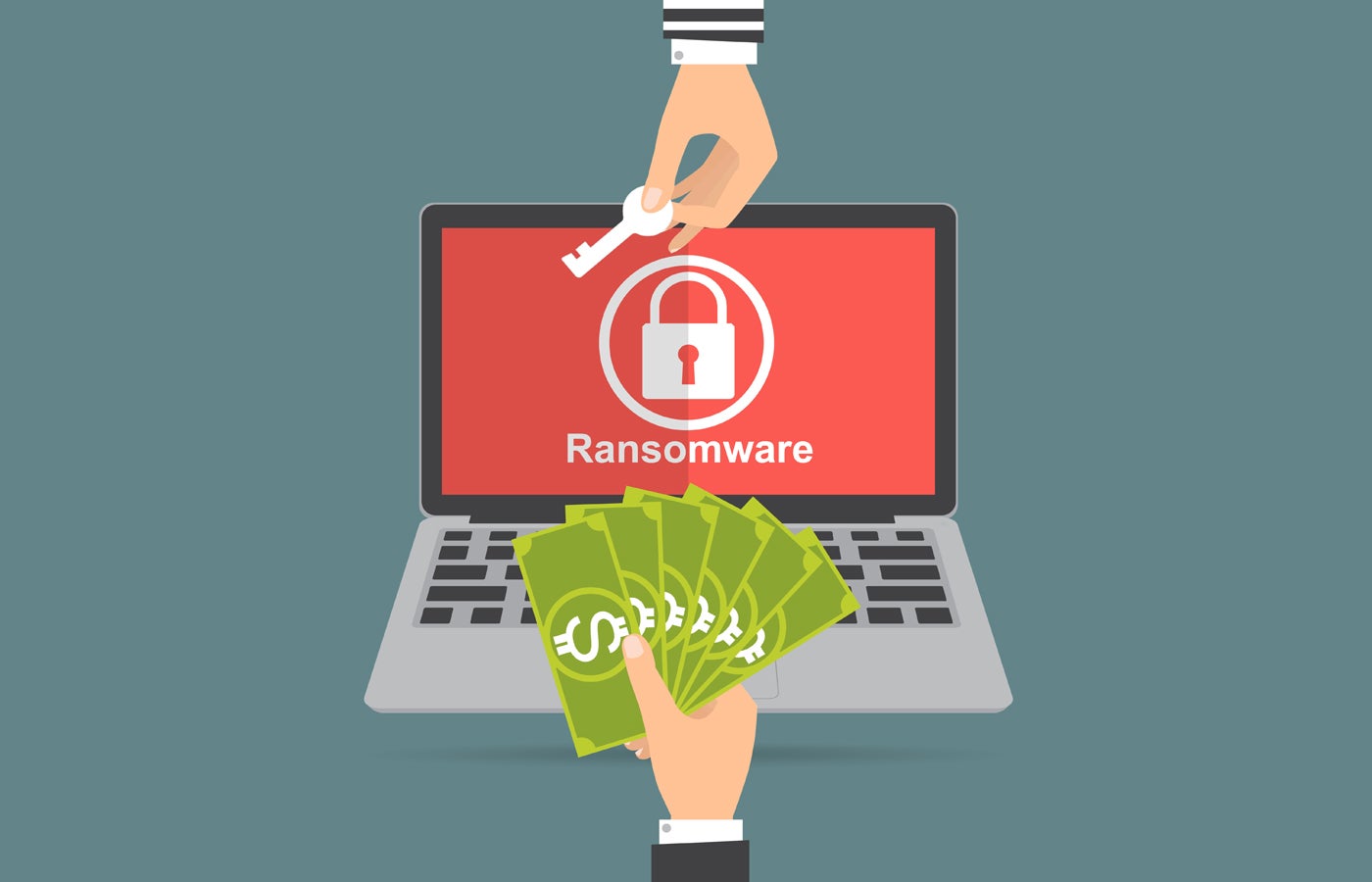CrowdStrike and Palo Alto Networks are the top providers in the endpoint security industry today. The CrowdStrike Falcon XDR platform has stood as a community favorite for years, bringing high-quality protection, fast investigations, and an easy-to-use console to its service.
Meanwhile, Palo Alto’s Cortex XDR delivers a robust service in its own right. It offers ML-powered behavioral analytics and powerful malware analysis sandbox capabilities that keep organizations safe from advanced threats.
In this article, I give you a rundown of some of the main differences between CrowdStrike and Palo Alto in 2024.
Recommended Alternative: CrowdStrikeCrowdStrike offers the most complete CNAPP to stop breaches from code to cloud.
Learn More About Falcon Cloud Security.
|
CrowdStrike Falcon vs Palo Alto Cortex XDR: Comparison table
| Starting price | ||
| Magic Quadrant for Endpoint Protection Platforms | ||
| Machine learning | ||
| Behavioral analysis | ||
| Ease of use (Gartner rating) | ||
|
|
CrowdStrike Falcon vs Palo Alto Cortex XDR: Pricing
CrowdStrike Falcon pricing
CrowdStrike’s EDR software is available through its Falcon Enterprise and Falcon Elite subscription tiers. Below is an overview of pricing and features for both:
- Falcon Enterprise: $184.99 per device, billed annually; EDR, XDR, managed threat hunting, and integrated threat intelligence.
- Falcon Elite: Contact sales for pricing; all Enterprise features plus, identity protection, Falcon Discover IT Hygiene, and Falcon Identity Protection.
You can avail of a 15-day free trial for the CrowdStrike Falcon through their online form. This includes their Falcon platform, plus its Falcon Prevent next-generation antivirus and Falcon Device Control services. Personally, I recommend going this route to get hands-on time with their software and whether it fits your business’ needs.
Palo Alto Cortex XDR pricing
Compared to CrowdStrike, Palo Alto’s Cortex XDR unfortunately doesn’t have transparent pricing on its product page. It has two main subscription options: Cortex XDR Prevent and Cortex XDR Pro. Below is an overview of the feature differences between both:
- Cortex XDR Prevent: Contact sales for pricing; NGAV, endpoint protection.
- Cortex XDR Pro: Contact sales for pricing; all Prevent features plus EDR, and optional add-ons for managed detection and response, identity threat detection and response, host insights, and forensics.
Interested customers can contact Palo Alto to arrange a 30-minute product demo of their Cortex XDR solution. In my view, this is the first step to take if you’re considering their Cortex XDR software for your business. The demo can be requested via an online form on their official website.
CrowdStrike Falcon vs Palo Alto Cortex XDR: Feature comparison
Threat detection and mitigation
With CrowdStrike, you get consolidation of cloud, identity, endpoint, data protection, IT automation, and other attack surfaces into a single, unified console. This provides IT teams with a comprehensive threat detection tool that’s both effective in its deployment and user-friendly in its management.
Its Falcon Insight XDR also includes its new Charlotte AI generative AI cybersecurity analyst. Through Charlotte AI, security professionals are able to cut hours in threat investigation time and prioritize high-level incidents via automated workflows and your traditional query writing.
On the flipside, Palo Alto Cortex XDR prioritizes accurate threat detection using a blend of machine learning and behavioral analytics. With their platform, endpoints are secured through NGAV, host firewalls, USB device controls, among others, to make sure no cracks or possible vulnerabilities can be exploited by threat actors.
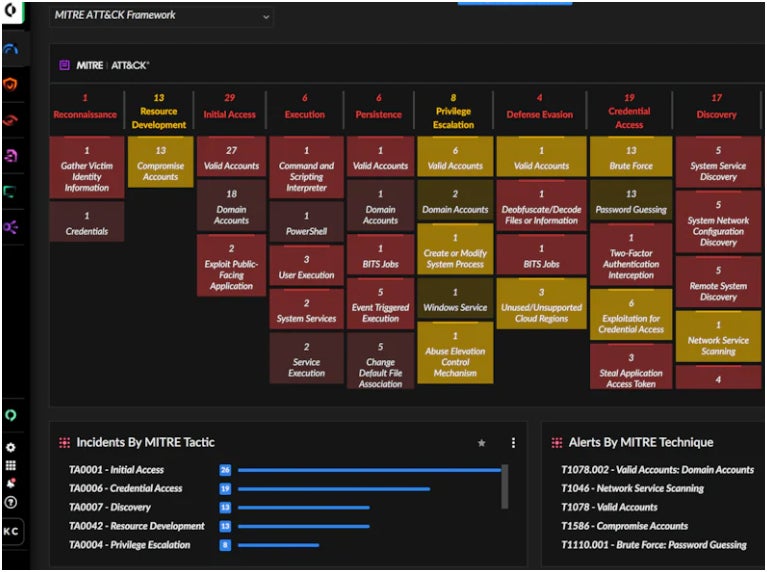
Cortex XDR’s behavior analytics are also crucial in finding hidden threats such as credential attacks, insider threats and abuse, and data exfiltration techniques.
Independent assessments
Both CrowdStrike and Palo Alto have garnered positive recognition from key independent firms looking at endpoint protection and extended detection and response providers.
In Gartner’s Magic Quadrant for Endpoint Protection Platforms report for 2024, both providers were considered Leaders in the EPP space. This means they both offered balanced services, extensive EDR capabilities, and integrated workspace security functionality, per Gartner’s criteria.
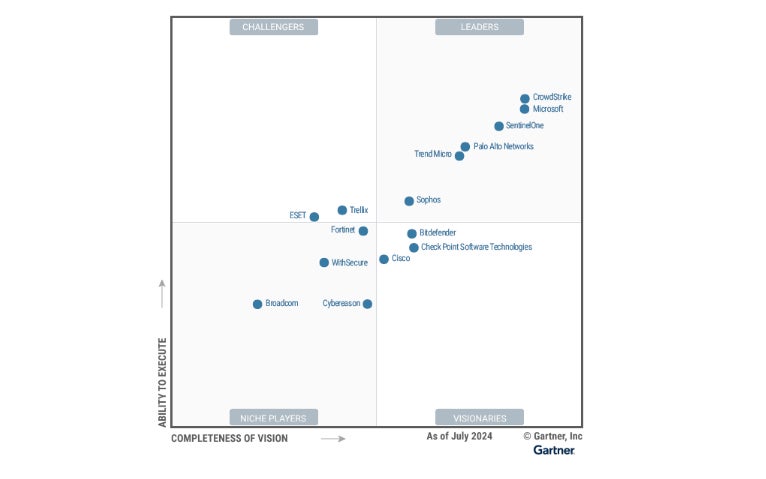
In the report, CrowdStrike was praised for its suitability towards a “broad range of organizations worldwide” and companies requiring cloud-delivered EPP deployment. Meanwhile, Cortex XDR was said to be a good choice for organizations with “mature, well-staffed security operations teams” and those seeking security vendor consolidation.
Similarly, Forrester also declared CrowdStrike and Palo Alto Networks as Leaders in their Forrester Wave Extended Detection And Response Platforms for Q2 2024. This is impressive since they’re two of only three providers labeled as Leaders, with Microsoft being the last of the set of three.
With these assessments, I feel confident in saying that both CrowdStrike and Palo Alto’s respective services are equipped with the necessary security prowess we want in a modern XDR solution.
SEE: Network Security Policy (TechRepublic Premium)
Ease of use
The two providers employ a single console for all its endpoint management and security features. For CrowdStrike, its main Falcon Insight XDR dashboard houses info on adversary activity, your most recent detections, SHA-based detections, and detections by tactics, among others.
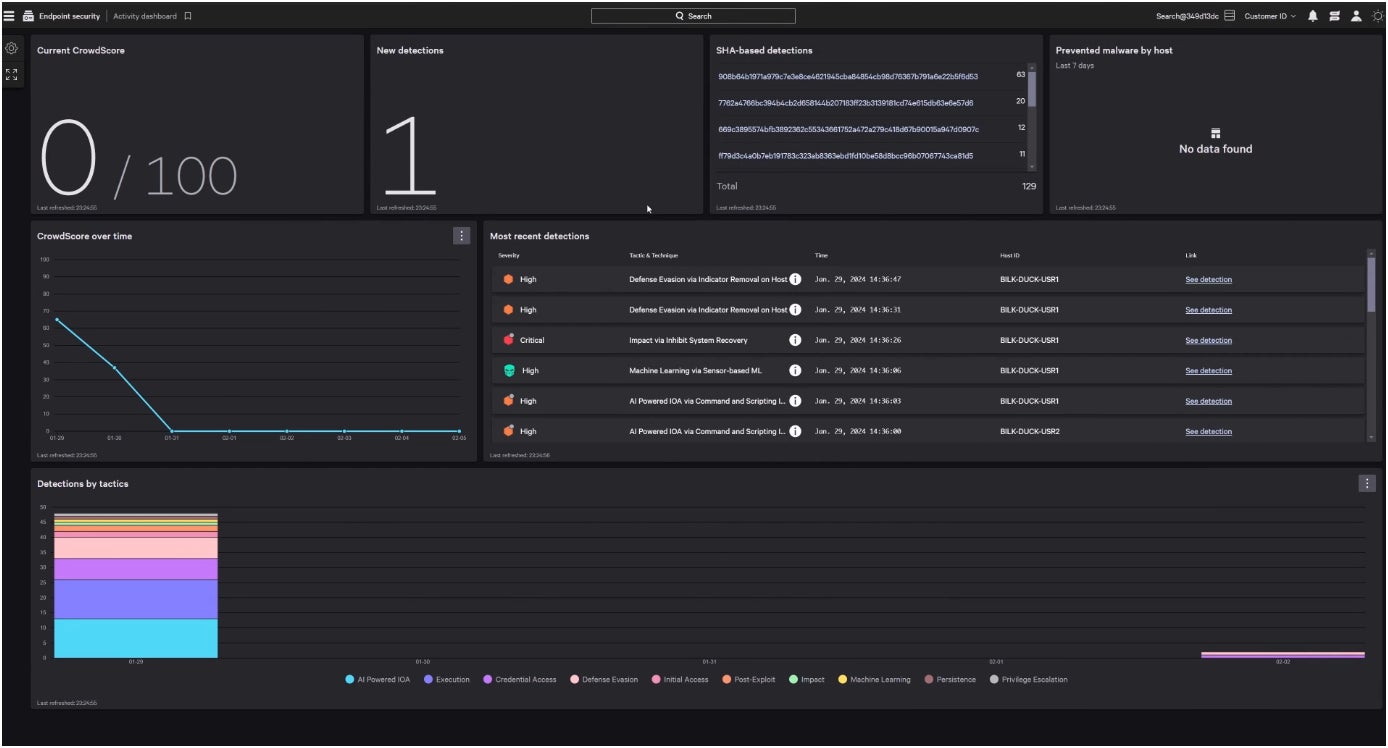
Through their console, you get contextual information on threats, a process tree that outlines a threat’s attack trajectory, and all affected resources or files.
On the other hand, Palo Alto’s Cortex XDR provides a unified view via its web-based console.
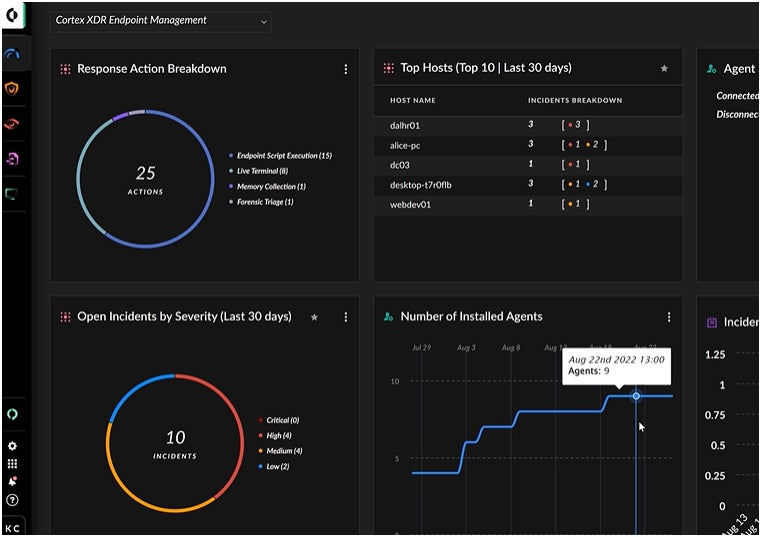
Aside from having a clear view of endpoint data, number of open incidents, and response action stats, Cortex XDR’s console is also highly customizable. With Cortex, you can set your own detection rules and personalize specific dashboards per your organization’s needs.
CrowdStrike Falcon vs Palo Alto Cortex XDR on Reddit
On Reddit, both CrowdStrike and Palo Alto are generally well-received by the security community as EDR and XDR providers.
One user in the Cybersecurity Reddit community shared that they used Palo Alto’s Cortex XDR and were happy. In particular, the user said, “We use Cortex XDR. It is a fantastic product. It might take some time to tune but is very effective. As someone mentioned earlier PRO licensing is a must.”
Meanwhile, CrowdStrike has long-been regarded as one of the go-to picks for a quality XDR. Looking at a post in the System Administrator Reddit community, many users pick CrowdStrike as a top endpoint protection solution for large organizations. One comment in the post said, “CrowdStrike is superior tech, has a minimal footprint in the device, and has SOC support so you can ignore noise and focus on real threats.”
However, it’s important to mention that CrowdStrike was recently involved in controversy. Back in July 2024, an error in a CrowdStrike Falcon sensor update caused a massive IT disruption that affected around 8.5 million Windows devices worldwide. You can learn more through our news article about the CrowdStrike outage.
Knowing the gravity of this event, I wanted to see what the user perception was towards CrowdStrike following the incident. Surprisingly, many users still trusted the provider and considered it one of the better options, regardless of the incident.
In the Cybersecurity Reddit community, one user responded to a question on whether they would sign up to use CrowdStrike after the faulty update. The user said, “They have a solid product and know their stuff. If anything, it’s the best time to sign up.”
“Get massive discounts because you can argue about the recent incident. But also, they have implemented sweeping changes to ensure it won’t happen again,” the user added.
SEE: Everything You Need to Know about the Malvertising Cybersecurity Threat (TechRepublic Premium)
CrowdStrike Falcon pros and cons
Pros of CrowdStrike Falcon
- Strong threat detection performance.
- Well-regarded customer and technical support.
- Lightweight agent that’s easy to deploy and manage.
- Accessible 15-day free trial.
Cons of CrowdStrike Falcon
- Recent IT outage incident in July 2024.
Palo Alto Cortex XDR pros and cons
Pros of Palo Alto Cortex XDR
- 100% threat prevention in 2023 MITRE ATT&CK Evaluations.
- Comprehensive automated investigations on all endpoints.
- Highly accurate analytic detection rate.
- Integrates well with other Palo Alto products.
Cons of Palo Alto Cortex XDR
- User interface can be overwhelming with its breadth of features.
Should your business use CrowdStrike Falcon or Palo Alto Cortex XDR?
Both XDR solutions are purpose-built to provide protection to your endpoints, cloud, network, and other security layers.
If you’re looking for an XDR with an intuitive and easy-to-use interface, I recommend going for CrowdStrike Falcon Insight XDR. Its lightweight agent, alongside its industry-leading threat detection and technical services, have made it a default consideration as an XDR and EDR tool. You also get its newly-installed Charlotte AI feature, which can be a big selling point for pro-generative AI users.
On the other hand, if having a solution with strong performance in recent independent tests is a priority, I feel Palo Alto Networks Cortex XDR is a solid choice. Its impressive showing for both threat prevention and visibility places Palo Alto as a top choice no matter the business size. It’s also a good alternative if your business is less inclined to work with CrowdStrike given their July 2024 security incident.
Methodology
My comparison of CrowdStrike and Palo Alto XDR solutions involved doing a head-to-head comparison of their features, price, and overall value.
In particular, I considered important XDR and EDR functionality, such as threat detection and mitigation, independent assessments, and ease of use. I also considered general feedback from real user testimonials and verified third-party reviews.
Evaluating both products also required an extensive review of official product documentation, available video demos, and possible use cases for different types of businesses.

